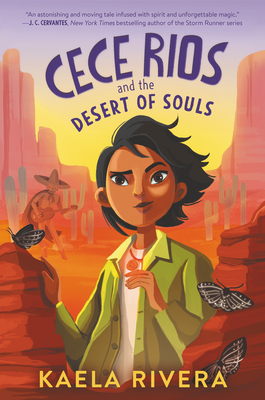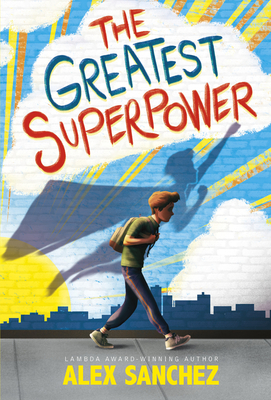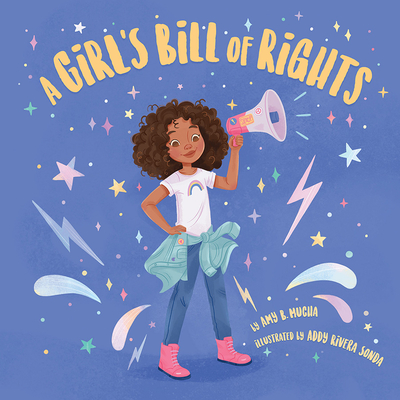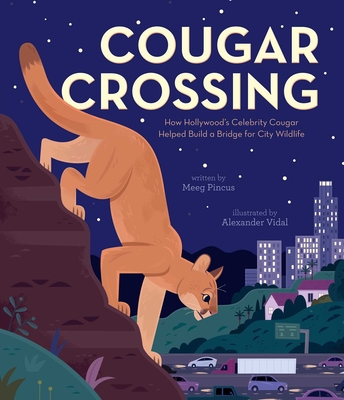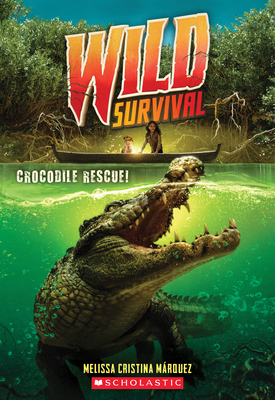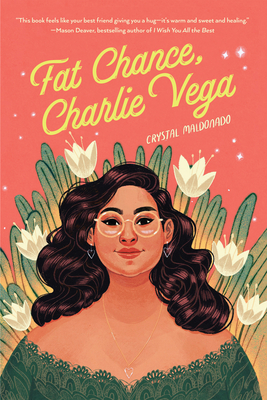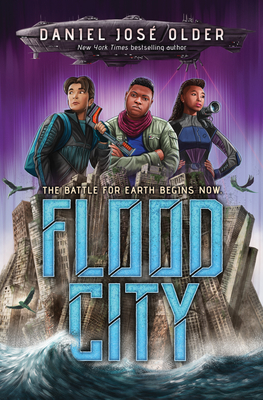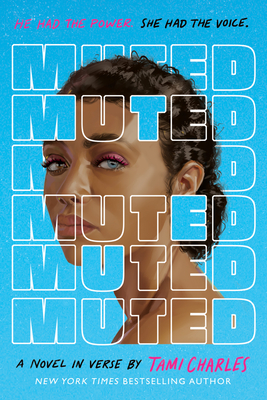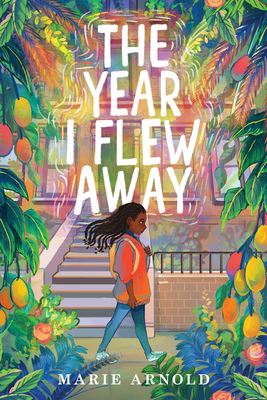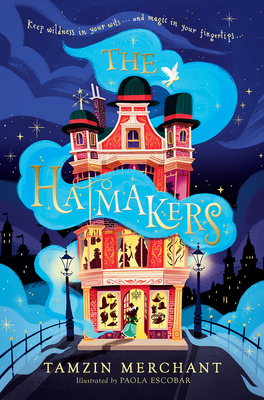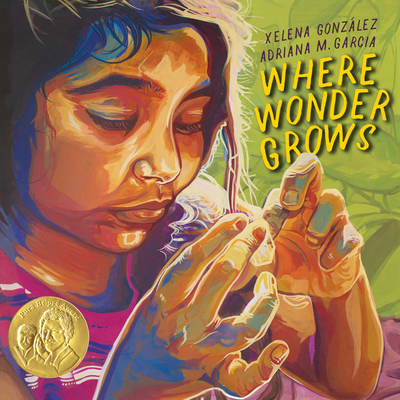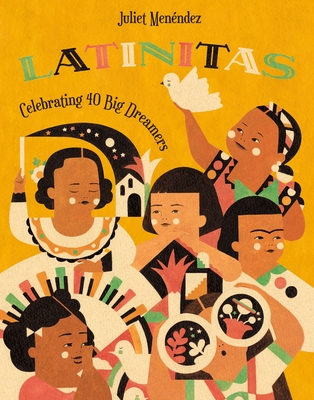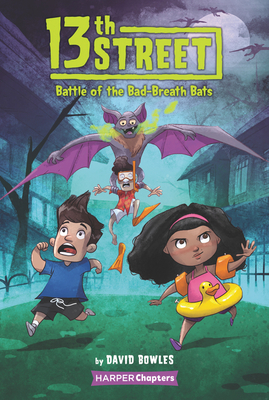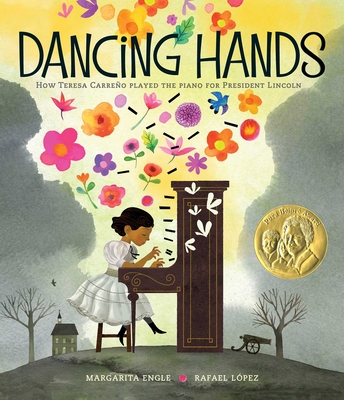.
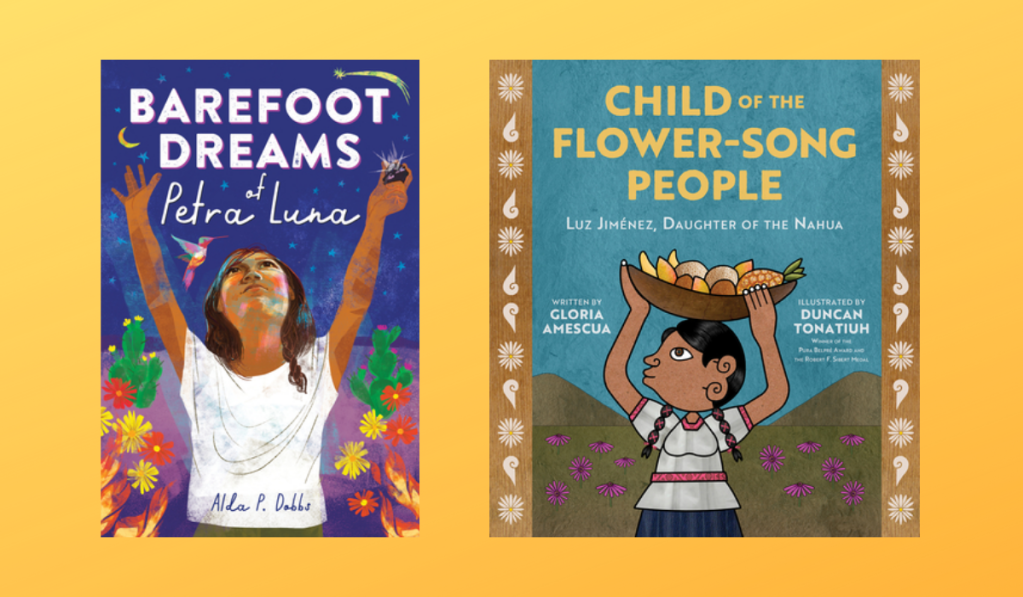
.
Interview by Romy Natalia Goldberg
This past fall brought the publication of two fascinating books set during the Mexican Revolution (1910-1920), BAREFOOT DREAMS OF PETRA LUNA, a historical middle grade novel by Alda P. Dobbs (Sourcebooks Young Readers, September, 2021) and CHILD OF THE FLOWER-SONG PEOPLE: LUZ JIMÉNEZ, DAUGHTER OF THE NAHUA, a picture book biography written by Gloria Amescua and illustrated by award winning illustrator, Duncan Tonatiuh (Abrams Books for Young Readers, August, 2021). Both Texas-based authors took the time out of their busy debut schedules to talk to us about their processes for researching and writing children’s books based on historic events and real people.
Romy Natalia Goldberg: Both your main characters, Petra and Luz, learn of their indigenous ancestor’s beliefs through their grandparents, who, in turn, learned from their own grandparents. Can you talk a little about researching beliefs and traditions, especially those that were predominantly passed down orally?
Alda P. Dobbs: First, I’d like to thank you, Natalia, for interviewing me. It’s an honor! A lot of the beliefs and traditions in the story were handed down orally by elders in my family. Others, I had to research. I found myself reading many books on curanderismo and stories that were recorded by Spanish priests who interviewed indigenous people during colonial times. Everything was so fascinating it was hard to choose what to include in the book while not bogging down the story.
Gloria Amescua: Thankfully, one of the important contributions Luz Jiménez made was to listen to and remember the mythologies and other stories that were passed down orally. The book Life and Death in Milpa Alta: A Nahuatl Chronicle of Diaz and Zapata (translated and edited by Fernando Horcasitas, from the Nahuatl Recollections of Doña Luz Jiménez) was one of my most important resources. Luz told Horcasitas what is in this book over time in Nahuatl. It included not only her childhood and things that she and the Nahua people of Milpa Alta experienced, their traditions and daily life, but also the stories that had been passed down orally. Horcasitas wrote it down phonetically. Milpa Alta hosted the First Aztec Congress, which mainly determined what written Nahuatl should look like in 1940.
What advice can you give for researching historical events? Anything you wish you’d known at the start of this process?
Alda P. Dobbs: This is a great one! I wished I hadn’t been so shy and had asked librarians for help. I spent a lot of time trying to do the research on my own, which wasn’t bad, but I probably reinvented the wheel a couple of times. Having a physics and engineering background, I approached historical research as I would science, and I’ve learned that there’s a better and more efficient way. I would have saved myself time and frustration had I approached a librarian sooner.
Gloria Amescua: I wish I’d been more organized about gathering my information. My main advice is to make sure you get your sources down for everything. You may or may not use what you have read or taken notes on, but be sure to document everything. I keep meaning to learn about one of the several online organizers, but I haven’t yet. My advice is do better than I did. It will keep you from going back to find sources.
.
.
Alda, I’ve heard you mention the importance of maps in your research before. Can you talk a little more about your source for maps and how they figured into your writing process?
Maps were essential in my research. I used Sanborn maps, which are old insurance maps made in the 19th and 20th centuries that detail the types of buildings, their structure and use. I crossed referenced these maps with modern Google “street view” maps that allow me to see where the building once stood, or if I’m lucky enough, I could still see the same old building standing. I also used vintage photographs that allowed me to dig deeper into the research and find out where the photograph was taken. All these resources allow me to recreate a map that shows where my character lives, works, goes to school, shops, etc. I used Sanborn maps to recreate an old map of San Antonio, Texas that took up my entire office wall but gave me a sense of my character’s life there in 1913.
What is your system for keeping information organized, easy to access, and backed up?
Alda P. Dobbs: For my research, I kept both electronic files and physical divider tabs that were labeled with the following titles: photographs, maps, newspaper articles, academic papers, books, and of course, miscellaneous. I also kept a journal where I’d write everything down from research notes, to notes I’d take when speaking to librarians or historians. In my journal, I also jotted down ideas for scenes or dialogue or just plain brainstorming. I always backed up all my electronic files using a SSD hard drive.
Gloria Amescua: I wish I had a great system to tell you about. What I did was to create computer files that made sense to me. For instance, I have folders for my revisions by year. Other folders are for the language Nahuatl and images in which Luz appears with lists of all the artwork information and links. I copied articles from the internet as well as their links. Early on, I learned the hard way, since I had a certain link I had a difficult time finding again to an exposition featuring Luz in Mexico City. I used colored flags in my books.
.
.
The internet has made research infinitely easier, but examining physical documents and visiting locations firsthand is still a part of the research process. I’m curious which parts of your research happened online and which was more useful or necessary “in real life.”
Alda P. Dobbs: I’d say both online research and “in-person” visits were essential for me. Almost every setting in my book took place in a location I had visited before, so I knew the way the terrain looked, the way it smelled and sounded. The old photographs, which many of them I found online, were essential in adding details to settings or constructing characters.
Gloria Amescua: I didn’t get to visit any places in my book in real life. I would love to visit Milpa Alta and go back to Mexico City to see the murals I saw long ago that included Luz before I knew about her. Of course, without finding a pamphlet at the University of Texas in Austin that was about Luz Jiménez, I wouldn’t have known about her amazing life. The internet was definitely important because I found articles and images for Luz. I also wouldn’t have found my real resources, the books I used, including the one with Luz’s actual words. Through the internet, I also found Dr. Kelly McDonough, Professor of Native American and Indigenous studies at UT, who shared resources. She also introduced me to Luz’s grandson, Jesús Villanueva. Although we have yet to meet in person, Jesús and I corresponded through email. He was invaluable to me as he answered questions and shared booklets he was involved with writing about his grandmother and was part of my book launch!
.
.
Gloria, Writing about real people, especially when there are living relatives involved, seems like an intimidating part of the biography process. Can you tell us a little about what it was like to approach and work with Luz’s grandson?
Gloria Amescua: It was somewhat intimidating at first since it was my first book. I told him my qualifications as a poet, teacher, and studies in children’s literature, so he would know I was serious. Dr. Kelly McDonough, who volunteered to introduce us, is Jesús’ friend. They have worked together on projects, and I’m thankful for that gift of an introduction. Jesús Villanueva was as gracious as he could be and shared resources with me. He has few recollections of his grandmother since she passed away when he was very young, so his dedication has been to learn as much as he could. He has promoted her legacy through writing and presentations. He shared these with me. If I were to do it again, I would have kept in touch with him more frequently about the progress or lack of progress in the publishing journey since it took almost eight years.
Is there any one instance when you thought “Thank goodness for the internet!” or “Thank goodness I saw this in person!”? How did that experience improve your story and writing process?
Alda P. Dobbs: Yes, to both! My husband often traveled for work, and it was during the times when my kids napped or slept at night when I found myself doing most of my online searches. I’m also grateful to have met Mr. Tim Blevins, a librarian at the Pikes Peak Library system. He’s the one who introduced me to many wonderful research tools just when I was about to give up!
Gloria Amescua: I’m sure it would have been next to impossible for me to write this story without the internet. I was able to find many of the images of Luz in art that I included in the text as part of what Luz learned as a child, weaving, twisting yarn with her toes, grinding corn, etc. It helped me weave details in the story early on that are echoed in the images of her as a model for artists as an adult. I love that it comes full circle.
.
.
The Mexican Revolution brings chaos and fear to the lives of your main characters. Featuring trauma in a children’s book is a delicate matter, made even more challenging when you’re dealing with real events. How did you choose to address the topic and why? What do you hope readers will take away from seeing Petra and Luz navigate the challenges they face?
Alda P. Dobbs: I chose to write about the Mexican Revolution because it’s a topic that’s close to me and it’s also one I’d never seen presented in children’s literature. The conflict itself is very complicated and in it, women and children played many different roles. It was a difficult subject to write about for young readers but thankfully, there are many brilliant, wonderful books who tackle trauma masterfully, like Lois Lowry’s Number the Stars and Avi’s Crispin, to name a few.
Gloria Amescua: The Mexican Revolution changed Luz Jiménez’s life drastically. Her father and the other men were killed, their village destroyed, her education ended so that Luz and her remaining family had to find a way to survive in a new environment. I had to tell about it and not dwell on the hardships but move on quickly to how Luz overcame her struggles, how she found a new way of being herself, proud of being Nahua. The revolution created a powerful change in artists and how they wanted to honor the indigenous people and make art available to everyone in murals as well as paintings, photographs, statues. I hope readers will see how Luz’s strength was believing in herself despite the hardships she had to overcome. She realized her dream of being a teacher in a way she never expected.
What books served as mentor texts for you? Along the same line, are there any authors or illustrators whose methods you found inspiring?
Alda P. Dobbs: I named a couple of books in the previous answer, but other books that helped with structure, pacing, and dialogue were Suzanne Collin’s Hunger Games book series and Kate Dicamillo’s Because of Winn Dixie.
Gloria Amescua: I read many, many picture book biographies. I examined every aspect of each of them. A few include Bethany Hegedus and Arun Ghandhi’s Grandfather Ghandi and Be the Change, Melissa Sweet’s Balloons Over Broadway, Duncan Tonatiuh’s Separate is Never Equal and Monica Brown’s Pablo Neruda and Waiting for the Biblioburro. I returned to these over and over as well as many others. They inspired me as I worked on mine, as I worked on structure, language, organization, etc. I especially loved the illustrations and the emotions expressed in the Ghandi books, the Mixtec style in Separate is Never Equal, and Pablo Neruda, where the illustrations include a river of words in trees, leaves, everywhere in English and Spanish. I wanted my book to be as beautiful and important as these books.
Can you talk a little about what learning to read and write symbolizes to your characters, and by extension, what writing and sharing their stories means to you?
Gloria Amescua: Luz wanted to learn to read and teach future generations of “professors, priests, lawyers.” It was a way she could not only improve her life but also that of others. I am honored to share Luz Jiménez’s story because she brought to light the intelligence, beauty, and strength of the Nahua. I admire her resilience and pride in her culture. My writing this book means now many more people will know her and her contributions, her legacy. I hope it will lead readers to learn about other indigenous people as well.
Alda P. Dobbs: Wow, what a great question! During the decade of the Mexican Revolution, in the 1910’s, only 20% of the Mexican population could read and write. My ancestors were part of the 80% who were illiterate. My grandmother, however, was determined to learn to read and write, and despite never having stepped inside a school, she taught herself how to read and write by the time she was twelve. I wanted to create a character with the same courage and determination my grandmother displayed throughout her life.
.
ABOUT THE AUTHORS:
Gloria Amescua (Ah MES qua) has been a writer since she was a child, writing poems and stories throughout her life. She loves books that reach a young person’s heart, head, or funny bone and strives to do just that in her writing. She is an educator, poet, and children’s book writer. Abrams Books for Young Readers published her picture book biography in verse, Child of the Flower-Song People: Luz Jiménez, Daughter of the Nahua, August 17, 2021. Duncan Tonatiuh is the illustrator. An earlier version won the 2016 Lee and Low New Voices Honor Award. A variety of literary journals and anthologies have published Gloria’s poetry. Houghton Mifflin Harcourt published one of her poems in their national textbook literature series. Gloria received both her B. A. and M. Ed. degrees from the University of Texas at Austin. The grandmother of two amazing granddaughters, Gloria believes in children, pets, and possibilities.
.
Alda P. Dobbs is the author of the novel Barefoot Dreams of Petra Luna. She was born in a small town in northern Mexico but moved to San Antonio, Texas as a child. Alda studied physics and worked as an engineer before pursuing her love of storytelling. She’s as passionate about connecting children to their past, their communities, different cultures and nature as she is about writing. Alda lives with her husband and two children outside Houston, Texas.
.
.
.
.

Romy Natalia Goldberg is a Paraguayan-American travel and kid lit author with a love for stories about culture and communication. Her guidebook to Paraguay, Other Places Travel Guide to Paraguay, was published in 2012 and 2017 and led to work with “Anthony Bourdain: Parts Unknown,” and The Guardian. She is an active SCBWI member and co-runs Kidlit Latinx, a Facebook support group for Latinx children’s book authors and illustrators.


